Guide to Effective Back Bar Repair Techniques for a Lasting Finish
Understanding Back Bar Repair Basics
What is Back Bar Repair?
Back bar repair refers to the process of restoring, fixing, or improving the structural integrity and aesthetic appearance of a bar’s backing area. This could include shelving, storage spaces, or areas used for displaying glassware and other bar accessories. Proper back bar repair enhances not only the functionality of the bar but also contributes to its overall visual appeal.
Common Issues Found in Back Bars
Back bars can suffer from a variety of issues, including:
- Water Damage: Caused by spilled beverages or leaks, leading to wood rot or mold.
- Structural Weakness: Heavy bottles and equipment can lead to sagging or broken shelves.
- Wear and Tear: Frequent use may cause scratches, stains, and other surface imperfections on the back bar.
- Loose Fixtures: Hardware such as hinges and brackets can become loose, compromising the stability of shelves and display areas.
Essential Tools for Back Bar Repair
To effectively conduct back bar repair, you’ll need a selection of essential tools:
- Screwdrivers: For tightening and replacing screws on shelves and cabinets.
- Wood Glue: A strong adhesive for reattaching broken components or reinforcing joints.
- Sandpaper: Useful for smoothing out rough surfaces and preparing wood for refinishing.
- Paint or Stain: To refresh and protect the wood finish after repairs.
- Measuring Tape: For precise measurements when cutting or adjusting shelves.
Step-by-Step Back Bar Repair Process
Assessing the Damage
The first step in repair is to thoroughly assess the damage. Look for signs of water damage, structural integrity issues, and aesthetic wear. Take notes on each area that needs attention so you can prioritize tasks effectively.
Preparing the Workspace
Before diving into repairs, clear your workspace. Remove all items from the back bar, ensuring that you have adequate space to work without clutter. Cover the floor and surrounding areas to protect them from dust and scratches. Ensure good lighting and have all your tools organized and within reach.
Executing the Repair
Now, it’s time to begin repairs based on your assessment:
- Fix Water Damage: If there is any water damage, treat the area with a wood rot repair solution if needed. Allow it to dry completely before proceeding.
- Reinforce Shelves: Tighten any loose screws. Consider adding additional brackets or supports if necessary.
- Stain or Paint: Once repairs are made, apply paint or stain to freshen up the area. Ensure you match the current color for a seamless appearance.
- Finishing Touches: Finally, replace any decorative or functional items, ensuring they are arranged neatly to enhance the overall look of the bar.
Materials and Techniques for Durable Repairs
Choosing the Right Adhesives
Adhesives play a pivotal role in back bar repairs. Here are some options:
- Wood Glue: Ideal for wood-on-wood connections. Look for water-resistant varieties for areas prone to spills.
- Epoxy Resins: Excellent for filling gaps and providing a strong bond for metal and wood combinations.
- Contact Cement: Best for larger surface areas and laminates, providing a quick and durable hold once pressed together.
Wood Finishing Techniques
After repairs, finishing is crucial. Below are techniques to consider:
- Sanding: Smooth any rough edges with sandpaper, starting with a coarse grit and progressing to a fine grit.
- Staining: Apply wood stain to enhance the natural grain and color of the wood. Wipe off excess for a more controlled application.
- Sealing: Use a clear wood finish to seal and protect the surface from moisture and wear.
Maintenance Tips for Longevity
To ensure your back bar remains in good condition after repairs, consider these maintenance tips:
- Regular Cleaning: Wipe down surfaces regularly to prevent buildup of grime and spills.
- Temperature Control: Ensure that the environment is stable. Avoid placing the bar in direct sunlight or humid areas.
- Inspect for Damage: Schedule routine inspections checking for any signs of wear and tear and address issues promptly.
Preventing Future Back Bar Issues
Regular Inspections
Conducting regular inspections can preemptively identify potential issues before they escalate. Set a schedule to check for loose hardware, water damage, or signs of structural failure.
Best Practices for Usage
Educate staff or anyone using the bar about best practices, such as:
- Avoiding excessive weight on shelves.
- Being cautious with spills and ensuring prompt clean-up.
- Regularly rearranging heavy items to promote balanced weight distribution.
How to Reinforce Bar Structure
Consider reinforcing critical areas of your bar’s backing structure with additional support brackets or by replacing old materials with newer, sturdier options. Employing techniques such as cross-bracing can also add significant stability.
When to Seek Professional Help
Identifying Complex Repairs
While many back bar repairs can be done DIY-style, some issues might require professional intervention. If you’re facing structural collapses, severe water damage, or intricate shelving systems, it may be best to consult a professional.
Cost Considerations for Professional Services
The costs for hiring professionals can vary based on the complexity of the repair and the materials involved. It’s wise to obtain multiple quotes and assess the long-term value versus short-term savings.
Finding Trusted Repair Services
Research and gather recommendations before selecting a repair service. Check online reviews, ask for references, and ensure they have a reliable track record in bar repairs. This approach will put your mind at ease while ensuring quality work.
Handling back bar repair tasks with diligence can significantly enhance the functionality and appearance of your bar. Proper assessment and diligent care foster longer-lasting results, while preventative measures help to avoid future problems. For comprehensive strategies regarding back bar repair, considering the advice outlined in this guide will empower you to tackle repairs effectively and maintain your bar in optimal condition.
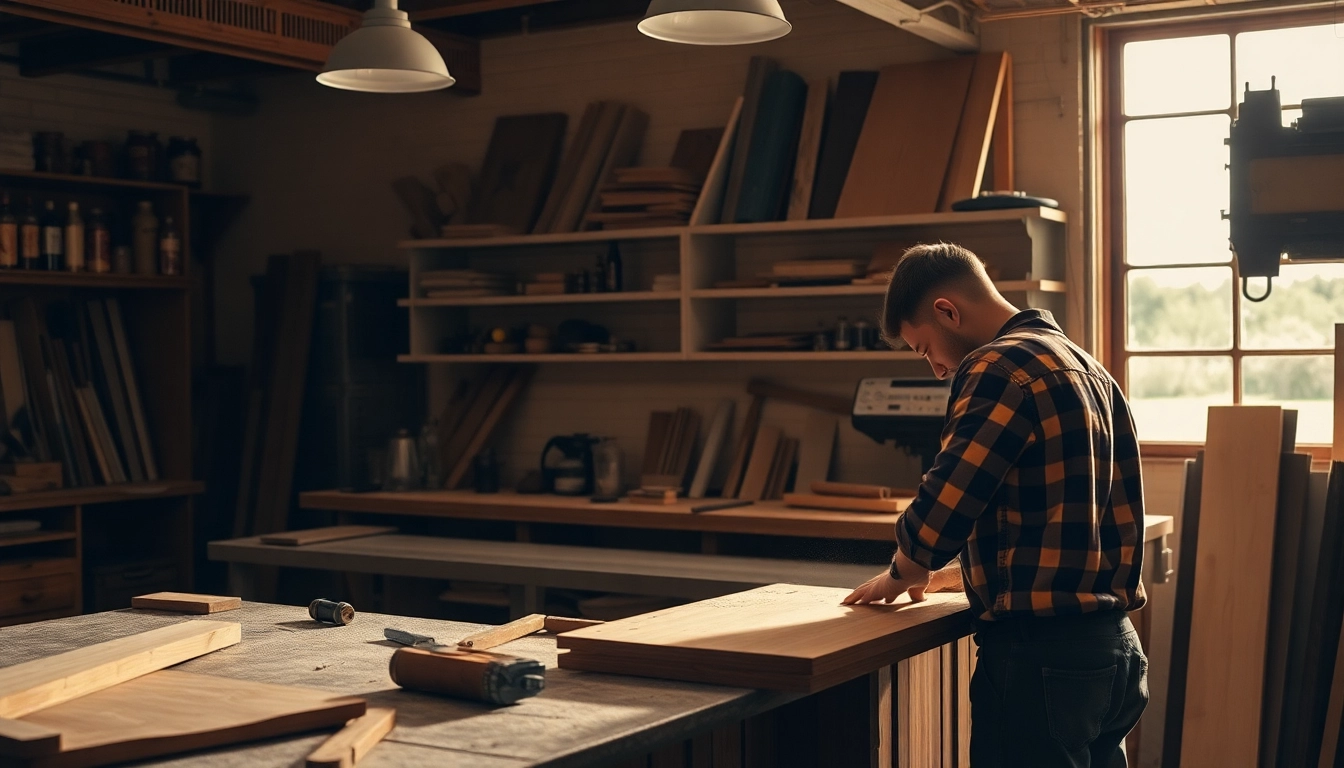
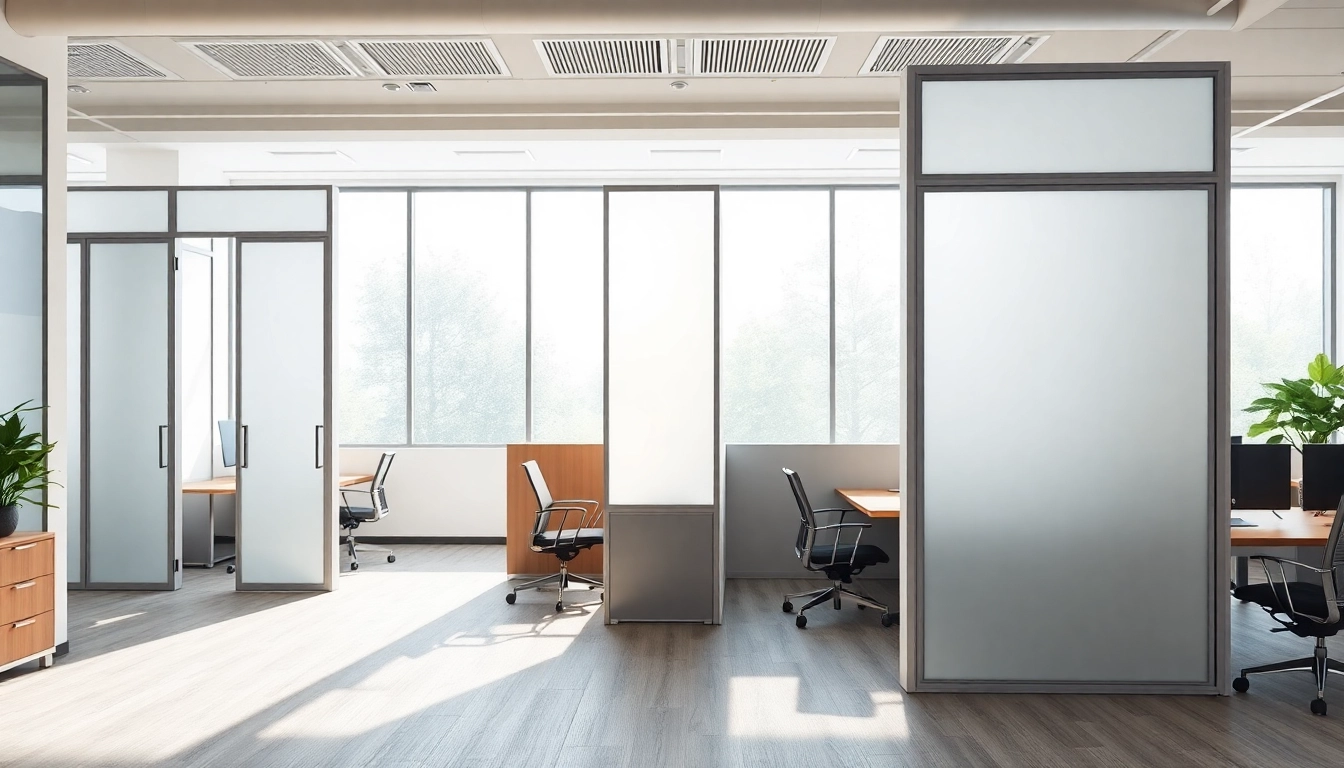
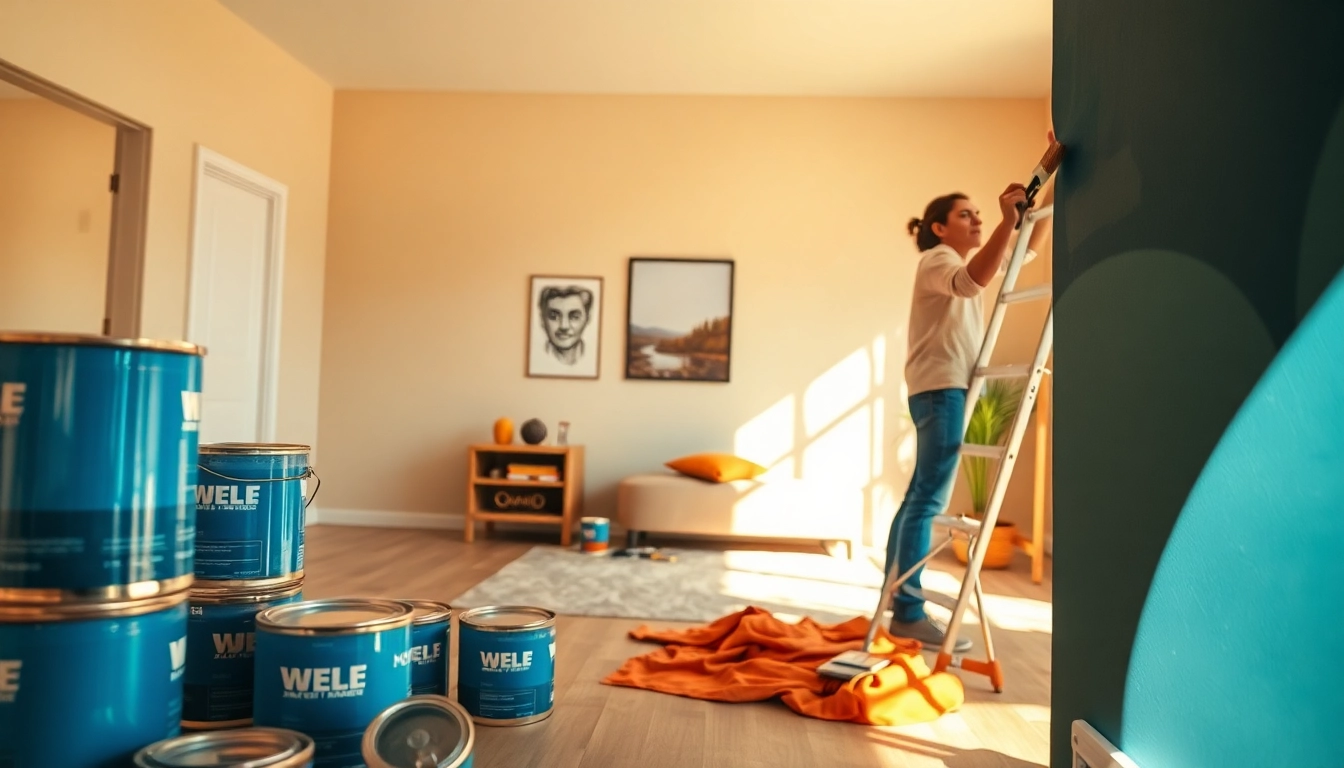
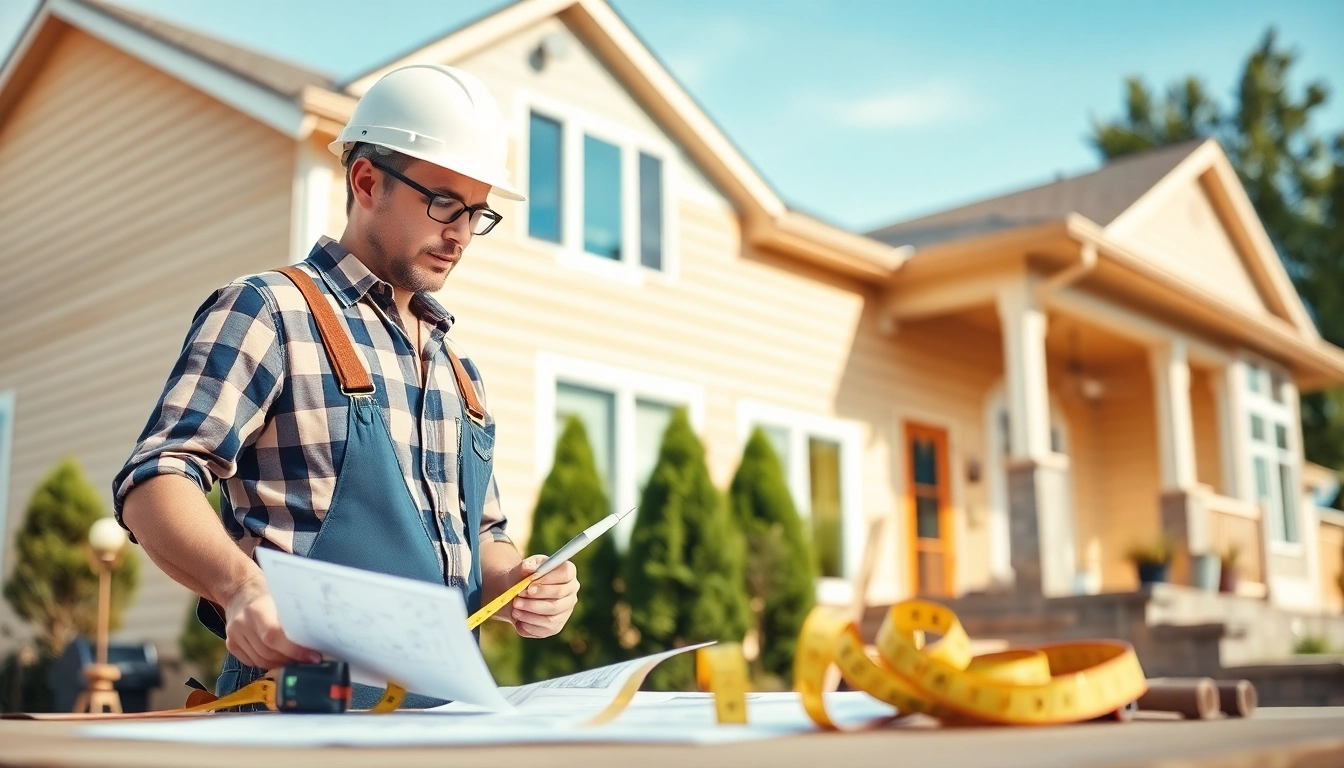
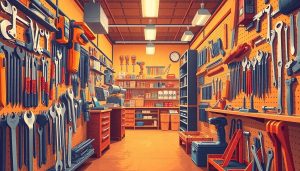



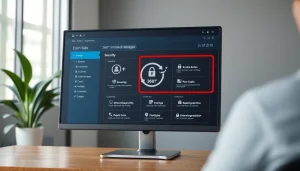





Post Comment